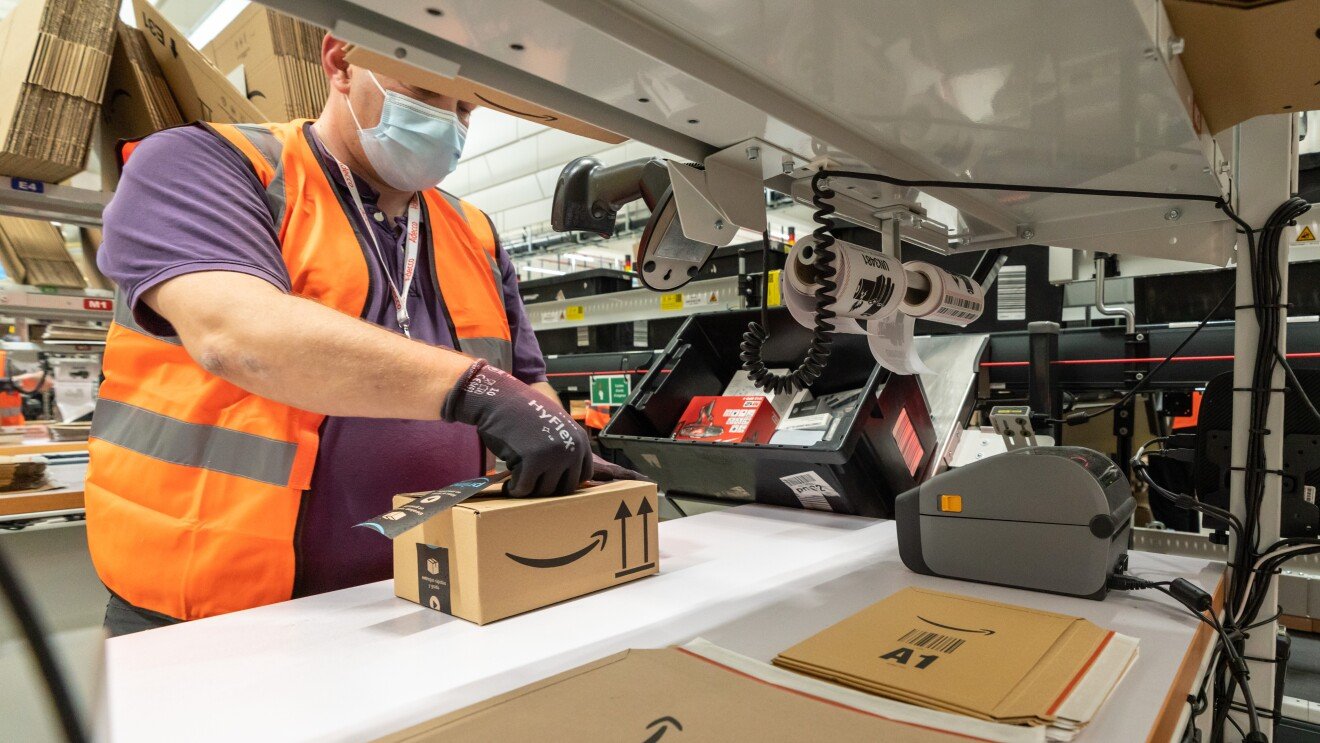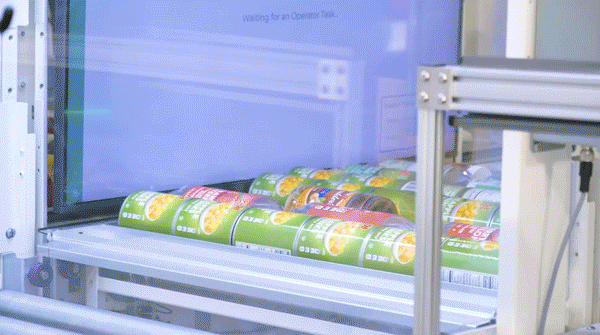How Walmart’s NextGen Automated Centers Redefine Logistics
Walmart’s latest shipping facilities hold more than a million square feet of goods that serve 95% of the U.S. population and counting.
Walmart’s big plan to win you over the holidays involves 80 miles of tracks and 6,800 robots—its latest armaments in a war to rule retail through an otherwise dull word: logistics.
Walmart lagged behind Amazon’s quick deliveries and easy digital ordering for years. That was until it began rethinking its own logistics and investing in subscription deliveries straight from stores. So far, the plan has worked. Walmart’s e-commerce sales are up 20% year over year, while its more premium peer, Target, is struggling.
At the heart of Walmart’s updated operations live the NextGen fulfillment centers. These are massive, largely automated warehouses that accept goods from manufacturers, store them, and then route the goods to customers (often by delivering a truckload of boxes at a time to a partner like UPS to ship to your door).
While Walmart operates dozens of centers to distribute goods across the country, these four NextGen centers, the first of which opened in 2022, are more significant than anything Walmart has built to date. On their own, these four facilities are capable of fulfilling 50% of all of Walmart’s e-commerce orders, which are positioned across the US alongside Walmart’s warehouses and stores to reach 95% of the population with same-day or next day shipping.
Walmart ships fast by design
The new centers range from 1.5 million to nearly 2 million square feet (that makes them about half the size of Amazon’s largest center, though keep in mind they are also part of Walmart’s network of dozens of traditional fulfillment centers and 4,700+ retail stores, which also house inventory). Despite all of their space—with a capacity to hold 10x the products of a typical fulfillment center—their contents are quite tailored to online orders.
“The store really [holds] basic items that customers repetitively buy, week in and week out,” explains Karisa Sprague, SVP of Walmart fulfillment and reverse operations. “And then the e-commerce fulfillment centers [hold] that additional assortment that isn’t on the store shelves.”
What’s strange to consider is that most of the work the centers actually do is simply unboxing and re-boxing products. As packages arrive in all manner of cardboard box, their contents are pulled out by hand. Workers move goods from a cardboard box into one of Walmart’s standardized plastic containers dubbed “totes”—mixing footballs right beside lampshades, like somebody packing up their home at the last minute. (Though in this case, an electronic backend keeps track of exactly what goes where—sensitive chemicals, for instance, might not go with children’s toys.)
Meet the industry’s most advanced mixed-fleet orchestration platform for automated logistics facilities. Seamlessly integrate your WMS workflows with ASRS, GTPs, conveyors, sortation, mobile robots, forklifts, human workers, etc., onto one open-source platform. It ensures real-time processing, supports any brand, leverages machine learning, and keeps humans in the loop for smarter, more adaptable operations.
Nearly 2 million totes squeeze into each facility. They are transported across the space by 21 miles of conveyor belts and 1,700 shuttle robots that carefully place these boxes stacked 35-levels high onto a shelf, where they await an order coming in. Once purchased, the box is pulled from the shelf, and brought back to an employee to pack.
“It’s [like] a really large vending machine,” says Sprague. “I don’t know how else to describe it.”
With the product pulled from the shelf, an automated machine crafts a new cardboard box from scratch, in one of roughly 100 different dimensions, to pack the specific order with minimal material and dead space. Each employee packs four shipments at a time, utilizing an organizing system that looks pretty similar to a new TSA checkpoint. Then, in the final step, a conveyor belt moves boxes right into a truck. A single employee stacks all of these boxes into secure “walls” on the vehicle. They can actually move the entire conveyor belt up or down to minimize lifting.
These new centers employ about 1,000 people apiece (triple the headcount of a typical Walmart warehouse), who are tasked less with physical labor than they are machine management. Undoubtedly, saving so many steps and constant lifting is nice—and Walmart points out that their retention rates and requests to transfer to such facilities are both quite high—though Walmart declined to share specific figures on how the centers’ improved efficiency ultimately impacts headcount.
Walmart estimates that the NextGen process hundreds of thousands of orders a day, with a max output of 700,000 individual units processed. And Sprague argues that this throughput is the best way that they can serve their customers going into this abnormally late holiday season.
“When the customer wakes up the day after Thanksgiving and they’re ready to go shopping, they’re going to quickly realize it’s almost December. And in fact, this year, there’s five less shopping days than the previous year,” says Sprague. “Being a retailer . . . we’ve been really thoughtful about, how are we going to help with that customer out with that compression? And it comes down to speed.”




































